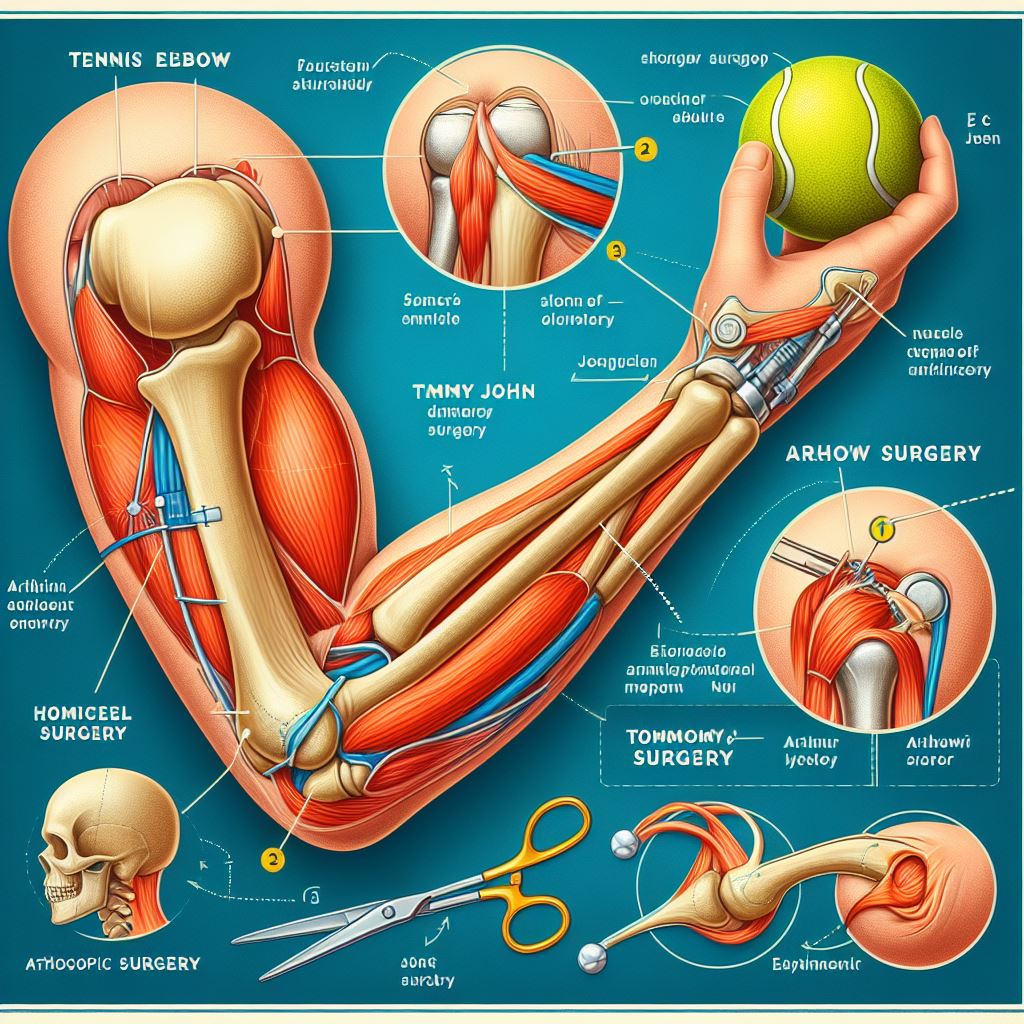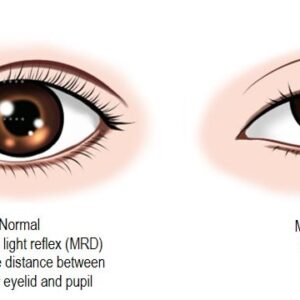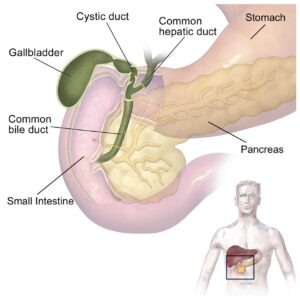Description
Familiarity with Treatment:
Sports medicine elbow surgeries encompass a range of procedures aimed at addressing elbow injuries and conditions commonly encountered in athletes and active individuals. These surgeries are designed to treat issues such as tennis elbow, golfer’s elbow, and ulnar collateral ligament (UCL) injuries to restore elbow function and alleviate pain.
Procedure:
Common elbow surgeries in sports medicine include:
- Tennis Elbow Release: Involves releasing or removing damaged tissue from the outside of the elbow to alleviate pain and improve function.
- Golfer’s Elbow Release: Aims to release or remove damaged tissue from the inside of the elbow to relieve pain and improve elbow mobility.
- Ulnar Collateral Ligament (UCL) Reconstruction (Tommy John Surgery): Involves replacing a damaged UCL with a tendon graft to stabilize the elbow joint, commonly performed in throwing athletes.
Who Is It Suitable For?
Sports medicine elbow surgeries are suitable for individuals with:
- Acute or chronic elbow injuries sustained during sports or physical activities.
- Tendon injuries, ligament injuries, or chronic elbow pain affecting performance and function.
Who Is It Not Suitable For?
These surgeries may not be suitable for individuals with:
- Severe arthritis or joint degeneration that may require more extensive interventions like total elbow replacement.
- Certain medical conditions or factors that increase the risks associated with surgery, such as uncontrolled diabetes or heart disease.
Advantages:
- Restoration of elbow stability, strength, and range of motion.
- Alleviation of pain and symptoms associated with elbow injuries, enabling individuals to return to sports and physical activities.
- Advances in surgical techniques and rehabilitation protocols have led to improved outcomes and faster recovery times.
Complications:
Potential complications of sports medicine elbow surgeries may include:
- Infection at the surgical site.
- Stiffness or limited range of motion in the elbow.
- Nerve or blood vessel damage.
- Persistent pain or weakness in the elbow.
Preoperative Care:
- Patients will undergo a comprehensive evaluation of their elbow injury, medical history, and physical condition to assess their suitability for surgery.
- Preoperative imaging, such as MRI scans or ultrasound, may be used to assess the extent of the elbow injury and aid in surgical planning.
Postoperative Care:
- After elbow surgery, patients will receive specific instructions regarding pain management, wound care, and rehabilitation exercises.
- Physical therapy and structured rehabilitation programs are often recommended to regain strength, mobility, and function in the elbow.
- Gradual return to sports and physical activities will be guided by the surgeon and rehabilitation team to minimize the risk of re-injury.






Reviews
There are no reviews yet.